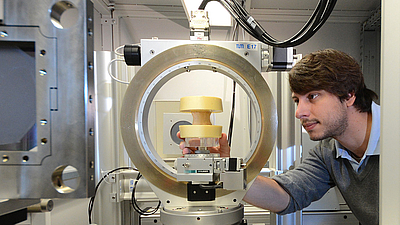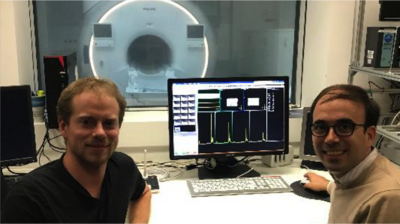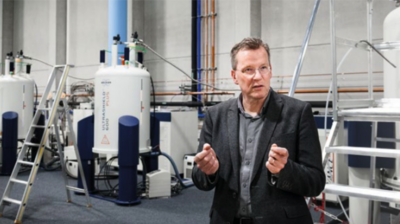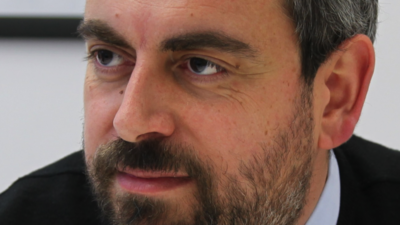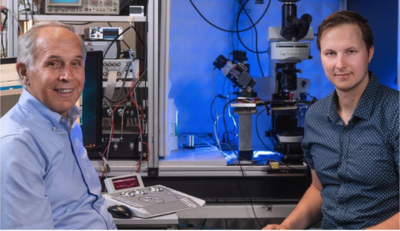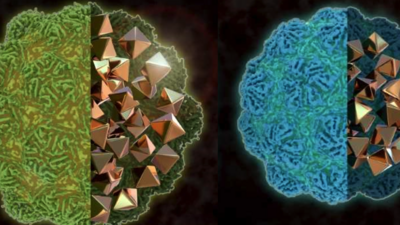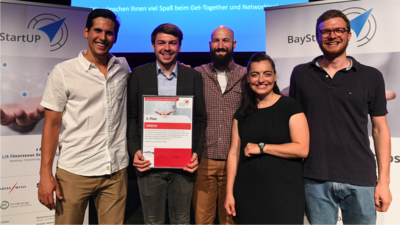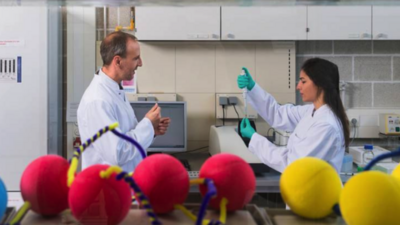Executive Director
Prof. Dr. Franz Pfeiffer
General Manager
PD Dr.-Ing. Bernhard Gleich
Doctoral Education Officer
Prof. Dr. Werner Hemmert
Speaker of the Study Program
Prof. Dr. Julia Herzen
Contact Media Relations
presse@bioengineering.tum.de
Contact Doctoral Education
docedu@bioengineering.tum.de
Contact BEMP Degree Program
studium@ph.tum.de
Administrations Office
office@bioengineering.tum.de
Tel. +49 89 289 10800
Boltzmannstr. 11
85748 Garching b. München
Germany
